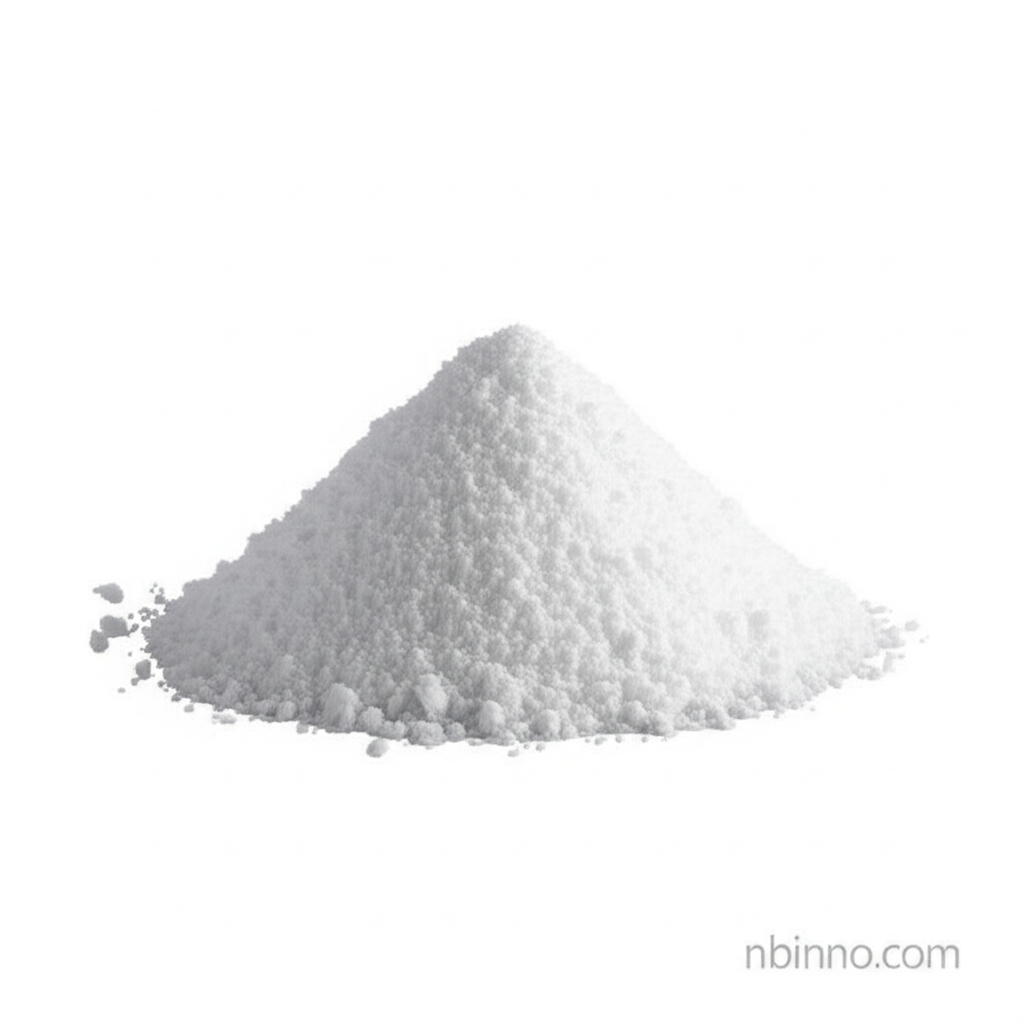N-Tert-Butylglycine Hydrochloride: A Key Intermediate in Pharmaceutical Synthesis
Discover the essential properties and diverse applications of this vital chemical compound for your advanced manufacturing needs.
Get a Quote & SampleProduct Core Value

N-Tert-Butylglycine Hydrochloride
As a prominent N-tert-Butylglycine hydrochloride pharmaceutical intermediate, this compound plays a crucial role in the synthesis of complex pharmaceuticals. Its consistent quality and high purity make it an indispensable component for achieving reliable outcomes in advanced chemical synthesis and drug manufacturing.
- Leverage N-tert-Butylglycine hydrochloride pharmaceutical intermediate for enhanced drug formulation efficacy.
- Explore the CAS 6939-23-7 synthesis pathway to optimize your production efficiency.
- Utilize this high-purity chemical reagent N-tert-Butylglycine hydrochloride in your critical chemical reactions.
- Investigate the detailed properties of N-tert-Butylglycine hydrochloride to understand its full potential.
Key Advantages
Unmatched Purity
Achieve superior results in Tigecycline production chemical processes with the exceptional purity levels of our compound.
Versatile Chemical Synthesis
This compound serves as a versatile reagent, facilitating various chemical synthesis steps and enabling innovation in the field.
Reliable Supply Chain
Ensure a consistent and dependable supply of N-tert-Butylglycine hydrochloride by choosing a trusted manufacturer, crucial for maintaining production momentum.
Key Applications
Pharmaceutical Synthesis
As a critical N-tert-Butylglycine hydrochloride pharmaceutical intermediate, it is integral to the creation of life-saving medications and therapies.
Chemical Industry
The chemical industry benefits from this compound as a versatile reagent for a wide array of synthetic processes and fine chemical production.
Analytical Chemistry
In analytical chemistry, its precise properties make it valuable for detection and quantification tasks, ensuring accurate results.
Photography
Its application extends to the photographic industry, where it acts as a stabilizer and preservative in film and paper development.
